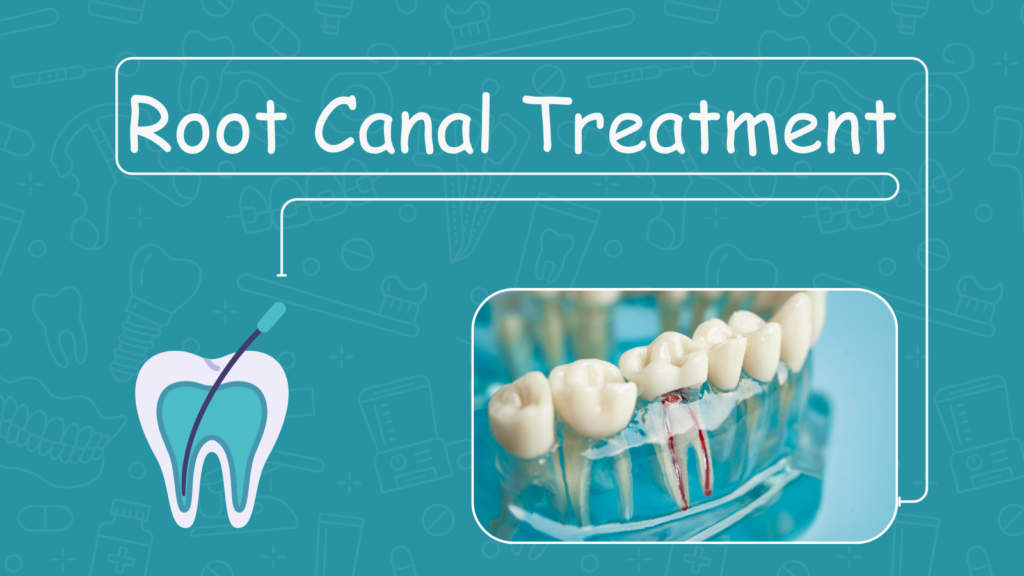
The problem: Root canal complications are commonly missed.
Insurance One Root Canal Treatment At A Time (Image by Pexels) Root canal treatment is one of the most common dental procedures performed across the world. In fact, the American Association of Endodontists estimates more than 15 million root canals are done in the United States alone every year. And while many patients think it’s a one-and-done procedure that will save the tooth and relieve pain, it’s not necessarily the whole story.
Here’s the reality: Root canals have a range of side effects and complications — some of them serious — that do not get detailed discussion. These can impact your comfort, dental health, and even your overall health over the long term.
The focus is far too often on the success rate and immediate pain relief. But what about the weeks, months or even years following the treatment? This is where things begin to go terribly wrong for people, in ways that they’re not quite ready for. Let’s get real about what root canal treatment could do to your health, no fluff, no sugarcoating.
Agitation: People, Problems, Root Canal
Here’s a moment where we step into reality. There is a pattern of unexpected side effects following root canal procedures supported by case studies and anecdotal reports.
Take Sarah, a 42-year-old marketing executive. Following the upper molar’s root canal, she intermittently suffered from headaches and jaw pain that lingered even months later. Her dentist excluded an infection, and imaging didn’t reveal anything wrong. But the discomfort persisted. Finally, a holistic dentist diagnosed inflammation around the treated tooth, perhaps because lingering bacteria in tiny canals hadn’t been fully cleaned.
This isn’t an isolated case. What’s more, here are some side effects reported by patients after treatment:
- Continual discomfort or tenderness
In a study examining the long-term effects of root canal therapy, only 5 percent of patients reported awaiting endodontic treatment still experience discomfort six months later( Journal of Endodontics, 2013). Although this number may sound small, when considered globally it means hundreds of thousands of people every year.
Pain can stem from:
Related: Harvey has not been detected in at least 10 parts of the country (Fiji, Guam, the Marshall Islands, Mexico, Micronesia, Puerto… Fixing damaged tissue without infection (e.g. macrophages or myeloma)
Nerve damage
Missed canals or a broken tooth
Inflammation in flesh around the spine - Infection or Abscess Development
Bacteria can still linger, despite attempts to disinfect the canals. Later, these [can] lead to an infection or a formation of a dental abscess. The symptoms can take years, in some cases, to appear.
Bacterial biofilms can form in the dentinal tubules that may not be reached by typical debridement techniques, according to a 2006 study published in the “International Endodontic Journal.” These biofilms are also resistant to antibiotics and antiseptics, which results in chronic, low-grade infections. - Tooth Discoloration
The tooth that underwent the root canal therapy may become gray or dark after a short period of time. This is usually caused by the materials or the bleeding into the tooth structure. It does not cause any harm, but it could lead to aesthetic issues, especially concerning the front teeth. - Fissures and Structural Fragility
A tooth that you’ve had root canal on is essentially dead. So losing its blood supply makes the tooth brittle. Over time, particularly without a crown, the risk of cracking or breaking increases.
They say the American Dental Association (ADA) recommends putting a crown on molars and premolars following a root canal to prevent fracture. Failure to take this step could result in subsequent tooth loss. - Material Allergic Reactions
Some patients may be sensitive to gutta-percha (the rubberlike material used to fill the canals) or to the metals used in dental crowns. This can cause localized swelling, irritation or systemic allergic responses. - Sinus Complications
With upper molars, there are often root tips that lie directly adjacent to the sinus cavity. In rare cases, the filling materials, or the infection, is able to cross this space and induce sinusitis or chronic sinus infections.
In one case, reported in “Clinical Oral Investigations” (2017), extrusion of root canal material into the maxillary sinus led to persistent nasal discharge and facial pain until it was surgically corrected. - Systemic health issues (controversial)
It is claimed by some alternative medicine practitioners that root canals can lead to systemic diseases due to lingering bacterial presence. Mainstream dentistry has not gone back on its pronouncements that root canals are safe, but there is still debate about the long-term impact of keeping non-vital teeth that may be harboring residual infection.
In the early 20th century, Dr. Weston Price it was suggested (on the basis of his research) there was a link between root canals and systemic disease, including arthritis and heart disease. Although by current appraisal his work may be regarded as archaic, the questions he posed have stimulated ongoing investigation into the microbiology of root-filled teeth.
How can you be proactive when it comes to Side Effects of Root Canal?
With the side effects now laid out, here’s what you can do to stay ahead of the curve if you’re considering a root canal, or have already had one: - Select an Endodontist that Has Experience
There is a good amount of information available on the internet regarding dentists, but not all dentists are equal. Endodontist are root canal expert and use the latest specialized equipment, such as operating microscope and 3D imaging, to render more complete treatment. Improved technique usually translates to fewer complications. - Don’t Skip the Crown
If the dentist suggests a crown, particularly for back teeth, get it. It strengthens and protects the tooth against cracking. Studies have shown a much better success rate for root canal treated teeth that have had crowns placed properly. - Watch for Symptoms
If you have ongoing pain, swelling or unusual sensations after a root canal, don’t ignore them. Seek a second opinion, if you need one. With early intervention, you can avoid chronic discomfort or a botched procedure. - Look Into Biocompatibility Testing
If you have a history of allergies or sensitivities, inquiring about material testing with your dentist. This can help to make certain that the used substances will not elicit undesirable immune responses. - Dilution Tip #20: Maintain Excellent Oral Hygiene
The cleaner the mouth, the lower the risk of re-infection. Brush twice a day, floss daily and try antimicrobial mouthwashes. - Seek Alternatives When Suitable
If you are fearful of root canals, extraction and replacement with an implant is a good alternative. Implants have their own risks and costs but solve the problem of harboring a non-essential tooth.
Conclusion: Informed Choices Result in Optimal Outcomes
There is nothing wrong with root canal treatment. For many, it’s a safe, effective way to preserve a tooth and ease pain. But, as with any medical procedure, it has risks that warrant frank discussion.
Be informed about the side effects, both common and rare, so you can weigh decisions and also take steps that might minimize potential issues. Be open with your dentist, ask for referrals when you need them, and listen to your instincts if something feels off.
For your health, it pays to be curious, cautious and proactive.







